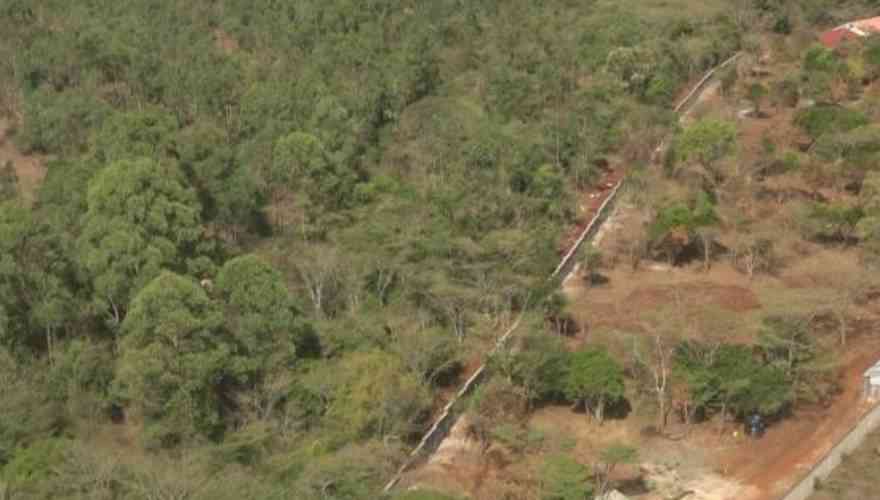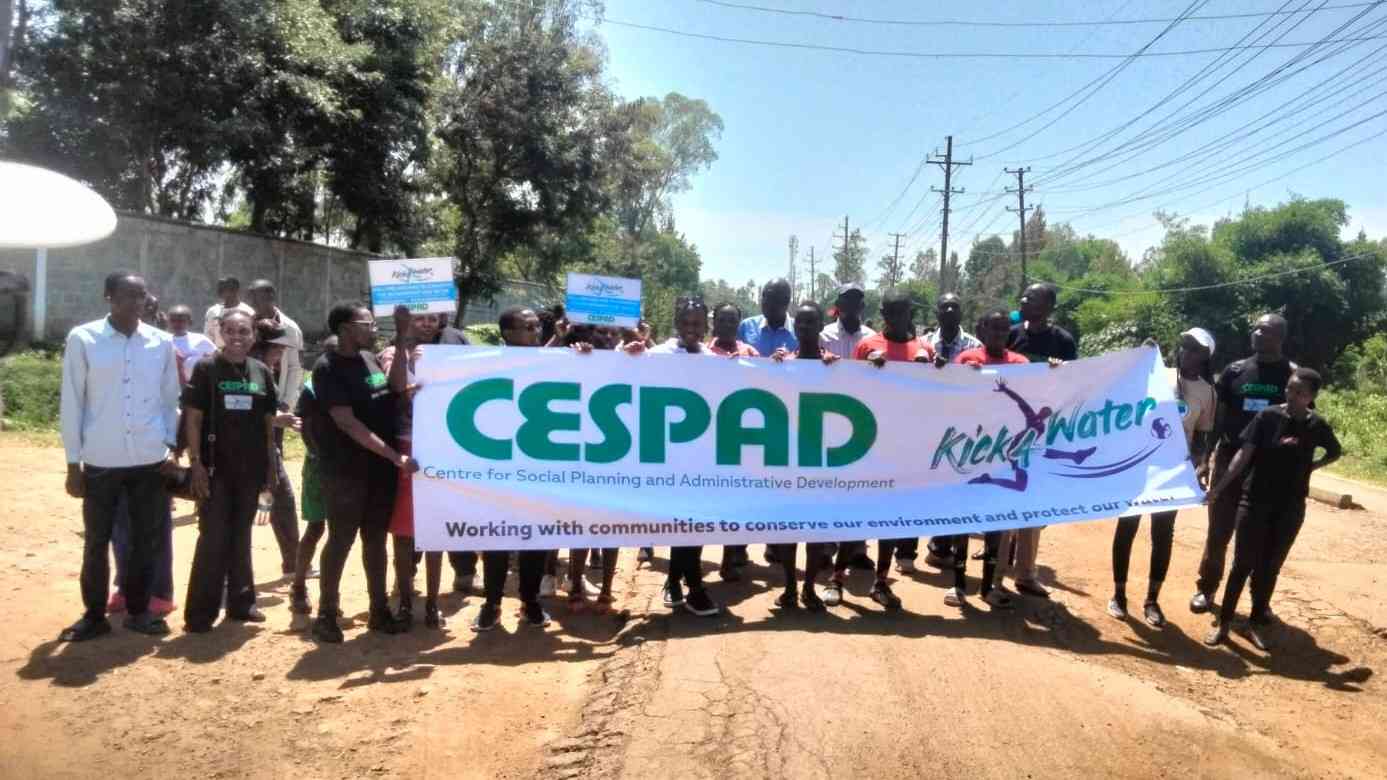By peter Orengo and James Ratemo
The poor are paying ten times more for water that the affluent, the World Bank has stated.
Slum dwellers, it was noted yesterday during celebrations to mark the World Water Day, receive water through indirect means, making the commodity more expensive than fuel.
"While the rich enjoy tapped water in their houses, majority of slum-dwellers rely on water kiosks, vendors and private sources. Apart from paying more, they expose themselves to ailments," said Japheth Mbuvi, World Bank water and sanitation specialist.
That is the reason cholera, malaria and diarrhoea are rampant in cities and rural areas with little safe water and sanitation facilities.
And according to a recent water sector report, only 60 per cent of water reaches the market.
A United Nations report says 250 to 500 cubic metres of drinking water leaks from the supply in many mega cities each year, as dwellers are often forced to go for days without water or utilise distasteful water.
This year’s theme: Water for cities: responding to the urban challenge, aims to spotlight and encourage governments, organisations, communities and individuals to actively engage in addressing the challenges of urban water management.
Some of the barriers to increased water distribution are corruption by water service providers, unclear land tenure system, uncoordinated work by water providers and vandalism.
"To improve obstacles to service provision, Government must address vested interests of various groups within the water sector. It must address the issue of maintenance and the ever increasing population in urban centres," said Mr Mbuvi.
Burst sewer lines
In Nairobi, sewer pipes have burst, releasing smelly content. Households have gone for weeks without clean water while water vendors are making a kill from the scarcity.
In Nairobi’s Umoja estate, for instance, dwellers are buying a 20-litre container of ‘clean’ water for Sh25.
In drought-stricken areas in Northern Kenya, millions of residents have never seen piped water. For them, lack of water for own and livestock use is part of their lives.
The report indicates that 38 per cent of the growth is represented by expanding slums, while the city populations are growing faster than city infrastructure can adapt.
Stay informed. Subscribe to our newsletter
It says 95 per cent of the urban population growth in the next decade will take place in the developing world, and one of four city residents worldwide, 794 million in total, lives without access to improved sanitation facilities.
The situation is most pressing in slums, hosting 828 million urban dwellers. These people do not have access to safe drinking water and sanitation services and their unstable houses are vulnerable to water and environmental related disasters like floods and landslides.
Some of the barriers to increased water distribution are corruption by water service providers, unclear land tenure system, uncoordinated work by water providers and frequent vandalism. "To improve obstacles to service provision, the Government must address the vested interests of groups within the water sector. It must address the issue of maintenance and the ever increasing population in urban centres," said Mbuvi.
Kenya Water and Sanitation Network Stephen Mutoro said there was need to change the mindset of urban dwellers who have embraced the culture of drinking bottled water.
"Today bottled water industry is making a kill because people don’t trust tap water, he said.
 The Standard Group Plc is a
multi-media organization with investments in media platforms spanning newspaper
print operations, television, radio broadcasting, digital and online services. The
Standard Group is recognized as a leading multi-media house in Kenya with a key
influence in matters of national and international interest.
The Standard Group Plc is a
multi-media organization with investments in media platforms spanning newspaper
print operations, television, radio broadcasting, digital and online services. The
Standard Group is recognized as a leading multi-media house in Kenya with a key
influence in matters of national and international interest.
 The Standard Group Plc is a
multi-media organization with investments in media platforms spanning newspaper
print operations, television, radio broadcasting, digital and online services. The
Standard Group is recognized as a leading multi-media house in Kenya with a key
influence in matters of national and international interest.
The Standard Group Plc is a
multi-media organization with investments in media platforms spanning newspaper
print operations, television, radio broadcasting, digital and online services. The
Standard Group is recognized as a leading multi-media house in Kenya with a key
influence in matters of national and international interest.








